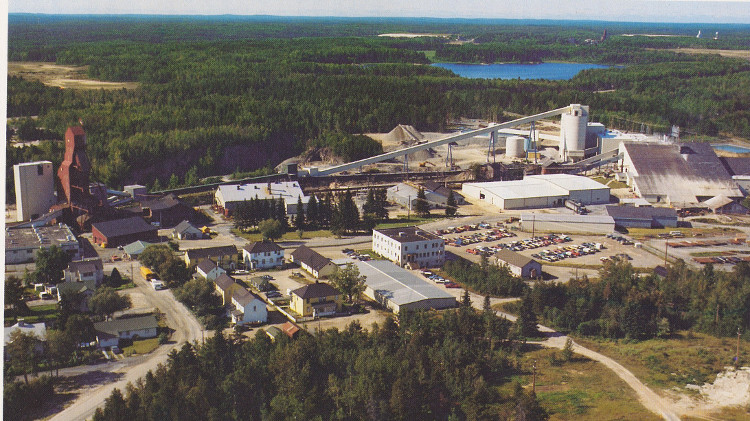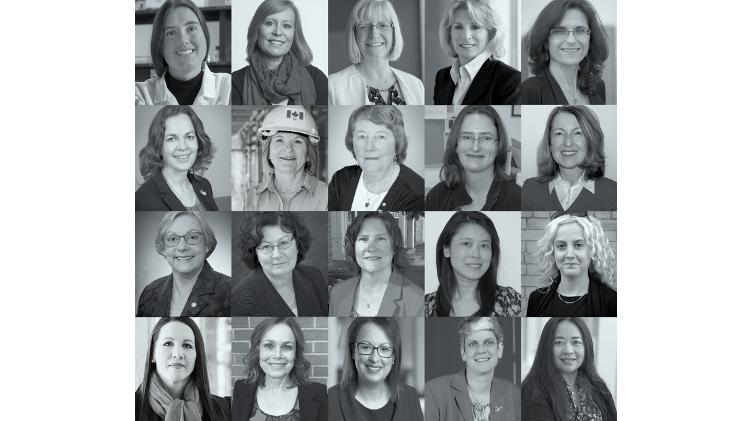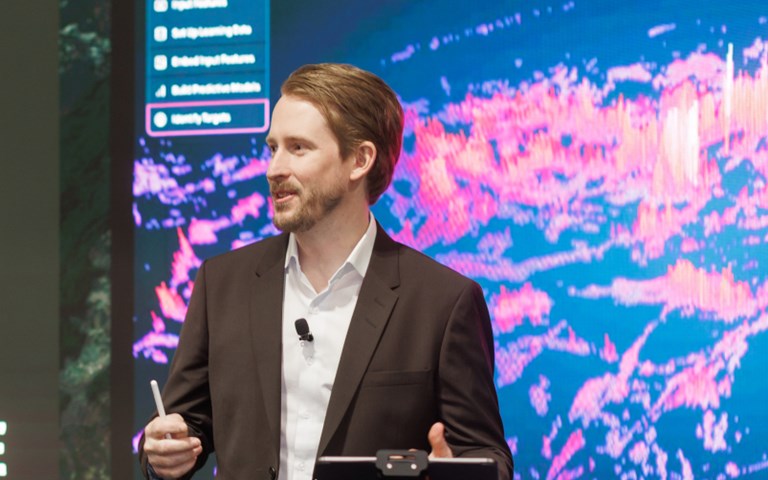Jean-Philippe Paiement. Courtesy of VRIFY
Jean-Philippe (JP) Paiement and his then-SGS Geostat colleagues had spent months building a geological model for the 2016 Integra Gold Rush Challenge. They found their advantage in the emerging field of machine learning, ultimately turning to a machine learning algorithm to process Integra’s vast trove of geological data.
The algorithm validated the same exploration targets that Paiement and his colleagues had identified, plus picked out a few more that they had not thought of. Their submission won the challenge and its $500,000 prize, but the real win was highlighting a potentially powerful application of artificial intelligence (AI) for the industry.
Fast forward nearly a decade, and Paiement, for whom the Gold Rush Challenge was his first experience using AI, has become a major advocate for AI adoption in geoscience. “We need a big push to change. It’s not an industry that will move by itself,” he said. “I’m trying to be a catalyst.”
At VRIFY, where he has joined former Integra CEO Steve de Jong, Paiement is leading the development of the company’s growing technology offering, including DORA, its AI-assisted mineral discovery platform.
Launched at PDAC 2025, DORA uses deep learning models to identify potential areas of mineralization. The platform is trained on a combination of a company’s site-specific data, such as geophysical surveys, geochemistry maps and soil geochemistry, and a broader, proprietary database of public data sources and anonymized client data. To date, DORA has been trained on a wide range of deposit types and commodities. Gold is the most common, with roughly 43,000 training examples from Canada, Australia and New Zealand.
In cases where a company has highly specific ground conditions, or a commodity that DORA has not been pre-trained on yet, Paiement said that new models can become “really good at predicting for that location but not good at generalizing. As we add data, the accuracy will go down a bit as it gets conflicting information to differentiate, but the accuracy starts going up again once the model generalizes its knowledge.”
Paiement said that taking a data-driven approach has historically been a tough sell for professionals who interpret surface clues and make deductions about what is underground. But, he added, AI has the potential to identify exploration targets that geologists may miss, either because companies have previously kept their data in silos or because of their own cognitive biases.
For example, Paiement started his career in Quebec’s Abitibi camp and became used to the area’s deposit types. “There might be subtleties in the [new] geological environment that make my usual exploration vectoring methods less applicable or reliable in another location,” he explained. “Adjusting takes time and a lot of flexibility.”
DORA is arriving at a particularly opportune time. AI models and neural networks have become more sophisticated in ways that make them “way more performant at generalized geoscience problems,” he said. Simultaneously, the industry is increasingly open to technology, particularly as initial AI applications in core logging and scanning have proved useful, and companies are eager to discover new critical minerals deposits to feed voracious global demand.
That is evident at VRIFY, which Paiement said already has over 30 clients and is onboarding two or three more per month.
The company also closed a $12.5 million Series B round in February, led by venture capital firm LGVP. The funds are supporting VRIFY’s team to continue building algorithms tailor-made for the industry—currently, the team is adapting models built for medical imagery due to their ability to see across multiple layers of data—and to automate the data ingestion process to streamline this process to more effectively scale.




